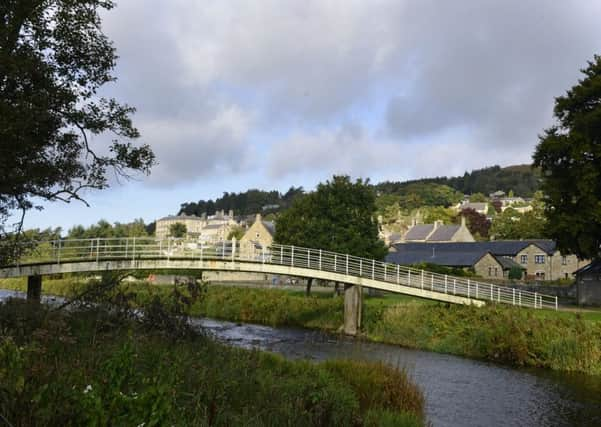Coquetdale, U3A


What does a foreign currency trader do to relax after a hectic week on the trading floor? Hedge-laying was the preferred relaxant for the speaker at Coquetdale U3A open meeting on October 17.
Mike Wade gave a stimulating, amusing and wide-ranging talk about his passion for hedges and hedge-laying. He also displayed a fascinating selection of tools.
Advertisement
Hide AdAdvertisement
Hide AdA member of the National Hedge-laying Society and prizewinning layer and trainer, he has long left the trading floor and has been working with hedges for more than 35 years.
The talk touched on a wide variety of subjects relating to hedges and hedge-laying.
In history, hedges were used in the Bronze Age to create pasture, while the French claim to have started hedge-laying.
In politics, hedges were used at the time of the enclosures to appropriate common land.
Advertisement
Hide AdAdvertisement
Hide AdIn warfare, hedging tools were used in battle, for example Flodden.
In farming policies in the 1960/70s, hedges were removed by landowners to create larger fields.
Hawthorn or blackthorn are usually chosen for hedging, though yew and crab apple can be used. Laylandii is not a hedge – it can grow to 150ft.
Hedges can be laid after 14 to 15 years. Laying involves cutting almost, but no quite, all of the way through an upright, bending it to 90 per cent, and weaving it into other previously laid branches.
Advertisement
Hide AdAdvertisement
Hide AdThere are many county styles of hedge-laying and styles can vary from valley to valley. Alas, there is no Northumberland style and there does not appear to be much interest in hedge-laying in Northumberland.
A good hedger can lay about 11 yards in a day using only hand tools.
The display of tools showed the range and variety of sizes and styles of bill hook – there are some 67 types. Some were short and light, others mounted on long handles, used in battle. Some had pronounced ‘bills’, while others had a square head and no ‘bill’.
There were many types of axe, loppers, mallets, with the head made from crab apple.
Advertisement
Hide AdAdvertisement
Hide AdThe old tools from the late 19th/early 20th century, by specialist makers who previously made swords, are the best as they have only the edges tempered to hold the sharpness, while the central part is softer and gives a little with the blow. These are preferred to modern, stamped-out heads.
The National Hedge-laying Society has 500 members, including the president, Prince Charles, who is an accredited hedge-layer. There are members in France, Holland New Zealand and elsewhere. Training days are held, as are hedge-laying competitions in partnership with ploughing competitions.
Hedges are an environmental asset. They are linear woods, wildlife corridors, and home to many species, from insects to rodents, to mammals to birds.
Hedging is relaxing work, and is good for physical and mental health. It is helpful for depression.
Advertisement
Hide AdAdvertisement
Hide AdThe Coquetdale U3A open meeting is open to non-members for a small charge. The next meetings are November 21, speaker Adrienne Thunder: Israel - A Photographic Tour; and December 19, speaker Chris Mullin: Hinterland – My Memoirs. All open meetings are in the Jubilee Hall, Rothbury, at 10.30am.